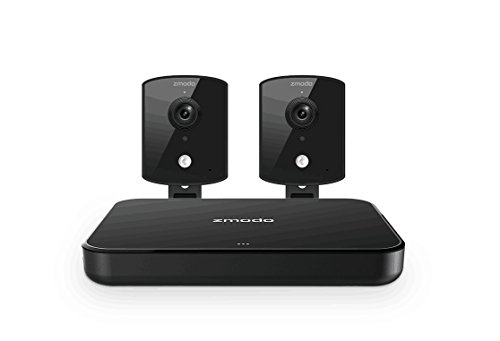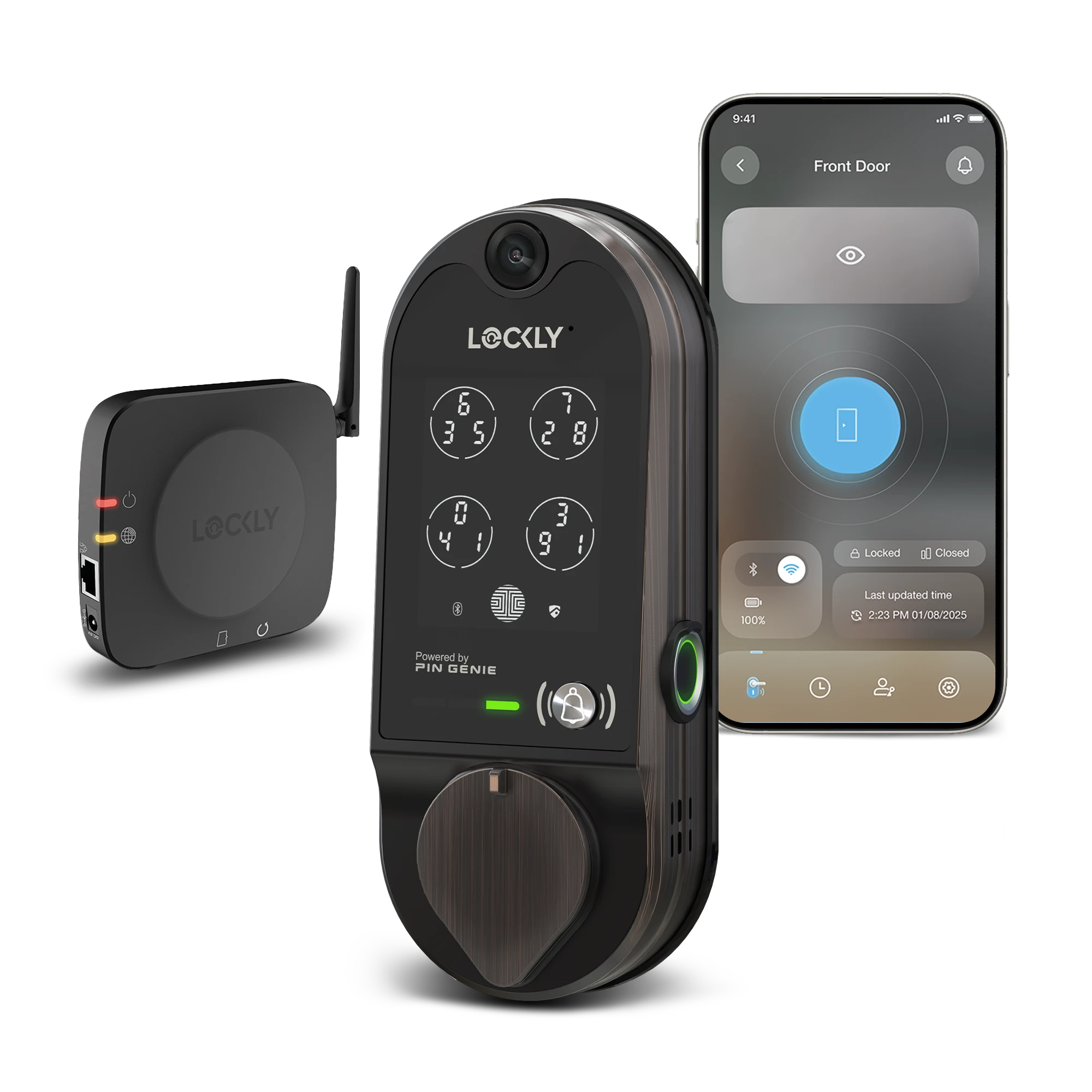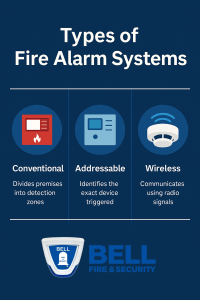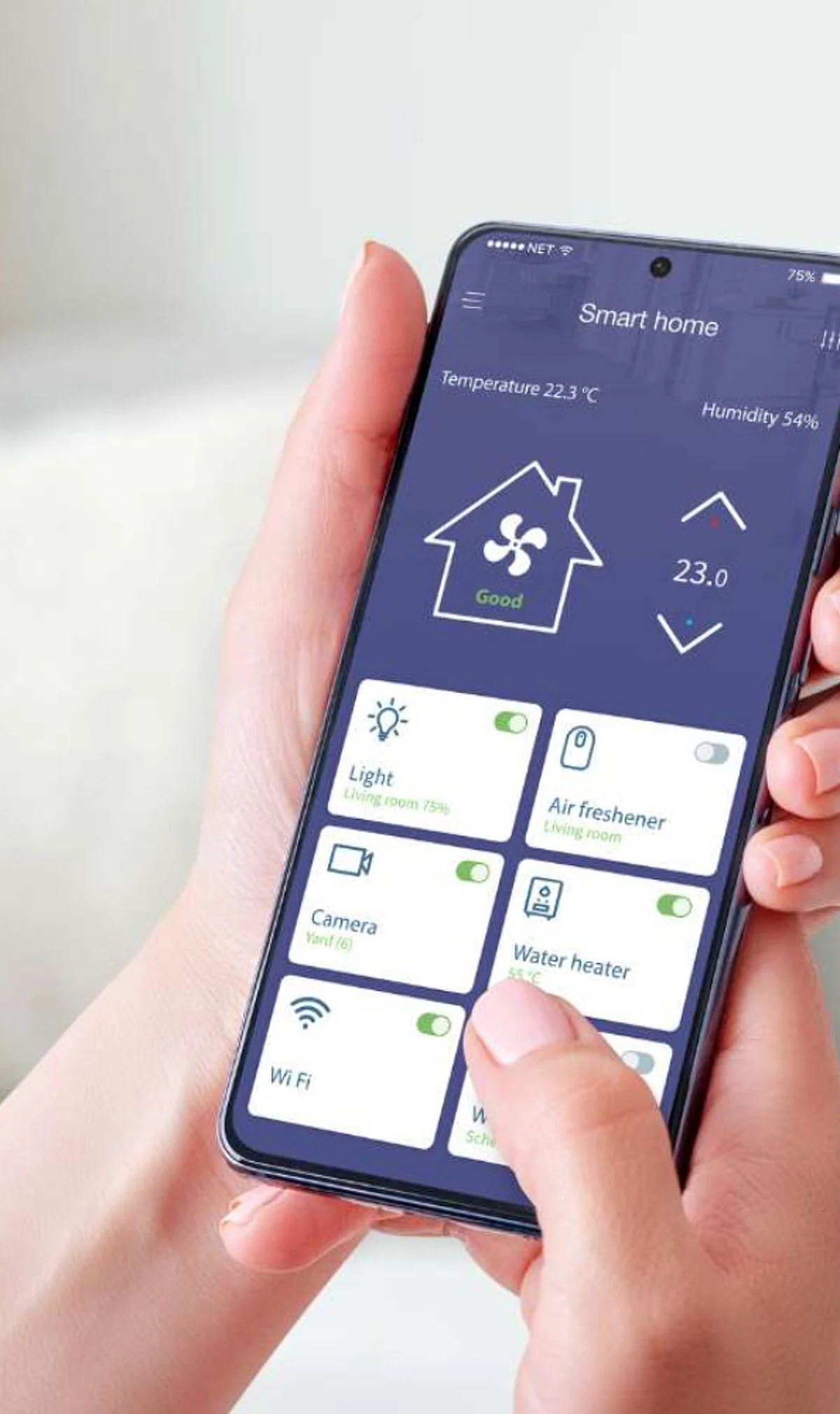Imagine walking into your home and feeling the perfect warmth greeting you—without lifting a finger. Automating home heating can make this a reality, saving you time, energy, and money.
You might wonder how simple it is to set up or how much difference it really makes. This article will show you exactly how automating your home heating can transform your comfort and cut down your bills. Ready to take control of your home’s warmth effortlessly?
Keep reading to discover the smart steps you can take today.
Benefits Of Automated Heating
Automated home heating uses smart technology to control your home’s temperature. It helps keep your house warm and saves energy without much effort.
This system adjusts heating based on your schedule and preferences. It makes heating easier and more efficient for homeowners.
Energy Savings
Automated heating reduces energy use by heating only when needed. It avoids wasting energy by turning down heat when no one is home.
It learns your habits and adjusts settings to save power. This can lower your monthly energy bills.
- Heats rooms only when occupied
- Adjusts temperature based on time of day
- Prevents overheating and energy waste
Enhanced Comfort
Automated heating keeps your home at the perfect temperature. It avoids cold spots and sudden chills inside your rooms.
You can set your preferred temperatures for different times and rooms. This creates a cozy environment all day long.
- Maintains steady temperature levels
- Customizes heating for each room
- Adapts to weather changes automatically
Remote Control Convenience
You can control automated heating from your smartphone or tablet. This lets you adjust settings even when you are away from home.
Remote control helps you turn on heating before arriving. It also lets you turn off heat if you forget.
- Adjust temperature from anywhere
- Use mobile apps for easy control
- Receive alerts about heating status

Credit: corkheatingcooling.ie
Types Of Heating Automation
Automating home heating helps save energy and keeps rooms comfortable. It uses technology to control temperature without manual work.
There are different types of heating automation. Each type works best for certain homes and needs.
Smart Thermostats
Smart thermostats learn your heating habits. They adjust the temperature to save energy and keep comfort.
You can control smart thermostats from your phone. They connect to Wi-Fi and can use weather data.
- Set schedules automatically
- Adjust temperature remotely
- Provide energy usage reports
Zoned Heating Systems
Zoned heating divides your home into areas or zones. Each zone has its own temperature control.
This system saves energy by heating only the rooms you use. It also increases comfort in different areas.
- Control zones separately
- Reduce heating in empty rooms
- Use different schedules per zone
Sensor-based Controls
Sensors detect room temperature and presence. They adjust heating automatically for better comfort and efficiency.
Motion sensors can turn heating on or off based on room use. Temperature sensors keep the heat stable.
- Motion sensors detect people
- Temperature sensors monitor heat levels
- Adjust heating in real time
Choosing The Right System
Automating home heating makes life easier and can save energy. Choosing the right system is important for comfort and cost.
Several factors affect your choice. Think about your home size, current heating setup, and budget limits.
Assessing Home Size And Layout
Home size affects heating needs. Larger homes need stronger systems or multiple units.
Layout also matters. Open floor plans heat differently than many small rooms.
- Measure total square footage
- Note how many rooms need heating
- Check if rooms have high ceilings
- Identify areas with poor insulation
Compatibility With Existing Systems
Check if the new system works with your current heating. Some systems connect easily, others do not.
Consider the type of heating you have now, like radiators or forced air.
- Smart thermostats often link to existing systems
- Some systems need extra wiring or adapters
- Consult a professional if unsure about compatibility
Budget Considerations
Set a budget before choosing a system. Prices vary by features and installation needs.
Remember to include costs for equipment, installation, and maintenance.
- Basic smart thermostats cost less
- Advanced systems with sensors are pricier
- Installation costs depend on home setup
- Maintenance fees vary by system type
Installation Process
Automating home heating makes your house more comfortable and saves energy. The installation process sets up the system to work smoothly.
It involves connecting smart thermostats, sensors, and possibly new heating equipment. Proper setup helps the system run efficiently.
Diy Vs Professional Setup
Some homeowners choose to install heating automation themselves. Others hire professionals for the job.
DIY installation can save money but needs some technical skill. Professional setup costs more but ensures safety and correct wiring.
- DIY: Good for simple thermostat replacements
- DIY: Requires reading instructions carefully
- Professional: Best for complex systems or new wiring
- Professional: Includes system testing and support
Integration With Smart Home Devices
Smart heating systems often connect with other home devices. This allows you to control heating through apps or voice commands.
Connecting with devices like smart speakers or sensors improves comfort and energy use. The installation must enable this communication.
- Link thermostat with smart speakers for voice control
- Use motion sensors to adjust heating in rooms
- Connect with home hubs for centralized control
- Ensure Wi-Fi coverage for reliable connections
Common Challenges
Installing automated heating can face some issues. Knowing these helps you prepare and avoid delays.
Problems include wiring mistakes, weak Wi-Fi signals, and device compatibility. These can affect system performance.
- Incorrect wiring can cause system failures
- Weak Wi-Fi disrupts smart device communication
- Older heating systems may not support automation
- Software updates might be needed for devices
Optimizing Automated Heating
Automated heating makes your home warm and saves energy. It adjusts the temperature without you doing much.
To get the best from your system, you need to set it up right and keep it working well.
Programming Schedules
Set your heating to match your daily routine. This keeps your home warm only when you need it.
Use easy time blocks to save energy during the day and heat before you come home.
- Set lower temperatures when you sleep or leave the house
- Raise heat 30 minutes before you wake up or arrive
- Adjust for weekends and holidays
Using Geofencing Features
Geofencing uses your phone’s location to control heating. It knows when you leave or come back.
This feature helps heat your home only when someone is close, saving energy all day.
- Turn off heating when no one is home
- Start heating as you return
- Works automatically without manual changes
Regular Maintenance Tips
Keep your heating system clean and checked to run well. Poor care wastes energy and money.
Check filters, vents, and sensors often. Fix small problems before they grow.
- Clean or replace filters every few months
- Clear vents and remove dust
- Test sensors and thermostats regularly
- Schedule professional checkups yearly

Credit: www.freepik.com
Environmental Impact
Automating home heating helps reduce energy waste. It controls heating only when needed.
This technology lowers greenhouse gas emissions. It supports a cleaner and healthier planet.
Reducing Carbon Footprint
Smart heating systems use less fuel. This cuts down carbon dioxide released into the air.
They adjust heating based on weather and occupancy. This means less energy is wasted.
- Lower fossil fuel use
- Reduce harmful gas emissions
- Help fight climate change
Energy Efficiency Standards
Automated heating meets strict energy rules. These rules ensure devices use power wisely.
Following these standards saves money and energy. It also helps homes stay warm without waste.
- Use programmable thermostats
- Maintain heating systems regularly
- Choose energy-star rated equipment
Long-term Sustainability
Automated heating supports lasting environmental health. It reduces the need for extra energy sources.
Smart systems extend equipment life and reduce waste. They help create greener homes for the future.
- Lower energy consumption over time
- Reduce wear and tear on heaters
- Promote use of renewable energy
Future Trends In Home Heating
Home heating is changing with new technology. These changes make heating smarter and more efficient.
Many homes will use new tools to save energy and keep rooms comfortable all year.
Ai And Machine Learning Integration
AI helps heating systems learn how people use heat. It adjusts settings to save energy.
Machine learning can predict when to heat rooms. It uses data like weather and daily routines.
- Tracks your heating habits
- Adjusts heat without your input
- Reduces energy waste
Renewable Energy Sources
Future heating systems will use more renewable energy. Solar and wind power are common choices.
Using renewable sources lowers bills and helps the environment. Homes can store energy for heating.
- Solar panels heat water
- Heat pumps use air or ground energy
- Energy storage keeps heat when needed
Advanced Sensor Technologies
Sensors can detect room temperature, humidity, and presence. They tell the heating system how to act.
These sensors help heat only used spaces. They improve comfort and save energy.
- Motion sensors detect if rooms are empty
- Temperature sensors keep heat steady
- Humidity sensors improve air quality
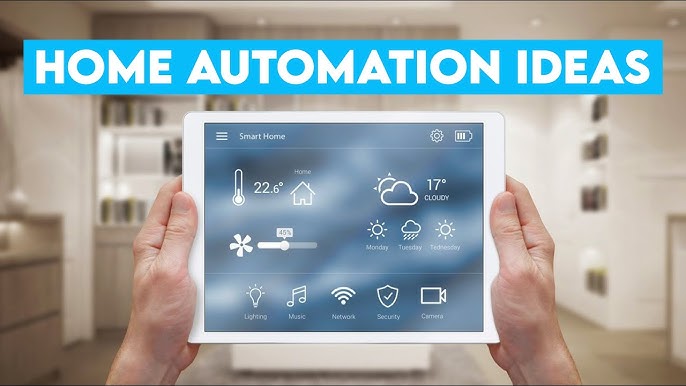
Credit: www.youtube.com
Frequently Asked Questions
What Is Home Heating Automation?
Home heating automation uses smart technology to control your heating system. It improves comfort and saves energy by adjusting temperature automatically based on your preferences and schedule.
How Does Automated Heating Save Energy?
Automated heating adjusts temperature only when needed. It avoids overheating empty rooms and lowers heating during sleep, reducing energy waste and cutting utility bills efficiently.
Can I Control Home Heating Remotely?
Yes, smart thermostats allow remote control via smartphone apps. You can adjust temperature anytime, anywhere, enhancing convenience and ensuring your home is warm on arrival.
Are Smart Heating Systems Easy To Install?
Most smart heating systems are designed for easy installation. They often replace existing thermostats and connect via Wi-Fi, requiring minimal tools and basic technical skills.
Conclusion
Automating home heating makes life easier and more comfortable. Smart systems adapt quickly to your needs. They save energy and reduce costs. With automation, you get consistent warmth without effort. Control temperatures remotely with simple apps. Enjoy peace of mind knowing your home stays cozy.
Technology ensures efficient heat management. It’s a smart choice for modern living. Install a system today for better home comfort. Feel the difference in convenience and efficiency. Start enjoying smart heating benefits now. Make your home a warm sanctuary effortlessly.
16 min read


